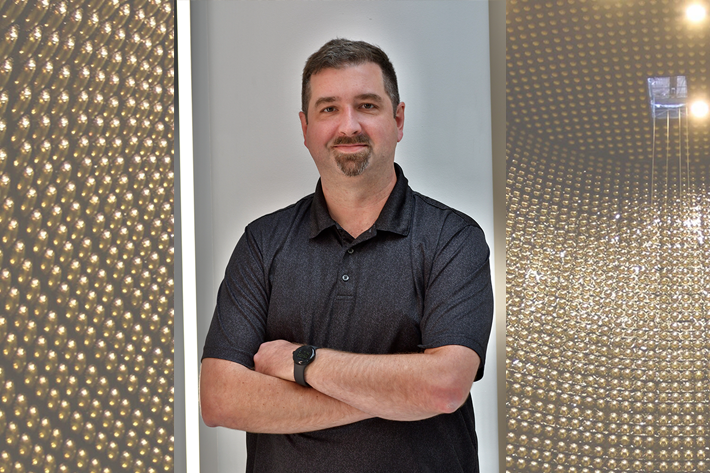Events
Events Calendar
Universe @ Home
Wednesday, Feb. 3, 2021, 8 p.m. through Wednesday, Feb. 3, 2021, 9 p.m.
Check with Universe at home page.
Presenters: TBD
Welcome to the galactic menagerie! In our 2021 debut for Universe @ Home, we're talking about the weird ones - galaxies that are strange, deformed, out of place, or could even be missing their dark matter! Afterwards, ask questions about these cosmic curiosities before learning how you can help astronomers classify real galaxies through Galaxy Zoo.
Colloquium: Steve Fetter, University of Maryland on Reducing the Threat of Nuclear War
Thursday, Jan. 28, 2021, 3:35 p.m. through Thursday, Jan. 28, 2021, 4:35 p.m.
Abstract: The Cold War ended 30 years, but nuclear weapons and the threat of nuclear war are still with us. Nine countries together deploy about 10,000 nuclear weapons, most with a destructive potential an order of magnitude greater than the bomb that destroyed Hiroshima. The United States and Russia, which together account for 90 percent of global stockpiles, each maintain about 1000 nuclear weapons on constant alert, ready to be launched in a few minutes. Arms control agreements that have constrained US and Russian arsenals and provided stability are on the brink of collapse, and both countries are poised to field a new generation of nuclear weapons. Physicists played a vital role at the beginning of the nuclear age and throughout the Cold War in engaging policymakers about nuclear dangers and advocating for policies to reduce them. Physicists should again take a leading role in educating the public and policymakers.
Bio: Steve Fetter is a professor of public policy and dean of the Graduate School at the University of Maryland. He served for two years in the Department of Defense during the Clinton Administration, and five years in the White House Office of Science and Technology Policy during the Obama Administration. He is a member of the National Academy of Sciences Committee on International Security and Arms Control and has served on committees to assess the effects of nuclear earth-penetrating warheads, internationalization of the nuclear fuel cycle, conventional prompt global strike, geoengineering, ballistic missile defense, and nuclear forensics. He received his PhD from UC Berkeley and his bachelor’s degree from MIT in physics.
American Association of the History of Medicine Webinars
Friday, Jan. 22, 2021, 1:30 p.m. through Friday, Jan. 22, 2021, 5 p.m.
Zoom webinar registration link: Session I Registration link: https://z.umn.edu/aahmpanel12 | Session II link: https://z.umn.edu/aahmpanel13
University of Minnesota, Friday, January 22, 2021; 1:30-3:00 pm CST
Hosts: Dominique Tobbell and Jennifer Gunn
Jacalyn Duffin, Queen’s University
Culture Collections: The First International Conference
Frédéric Vagneron, University of Strasbourg
The Lost World of Paul Hauduroy: Fortune and misfortunes of the Lausanne collection of microbial types (1944-1970)
Charles Kollmer, California Institute of Technology
Living Reagents: Culture Collections, Microbial Taxonomy, and Parasite Bioassays
Discussant: Claas Kirchhelle, University College Dublin
**Owing to this panel having a discussant, each presenter and the discussant will have 15 minutes, rather than 20 minutes.
University of Minnesota, Friday, January 22, 2021; 3:30-5:00 CST
Hosts: Dominique Tobbell and Jennifer Gunn
Mirjam Janett, University Zurich
Children, their families and the management of “Intersex” Bodies in Swiss pediatric medicine (1945-1970)
Jessica Adler, Florida International University
Diagnosing and Discrediting Inmates: Power and Resistance at the U.S. Medical Center for Federal Prisoners in the 1940s
Sarah Rose, University of Texas at Arlington
“A shattering impact”: Hearing Aids, Insurance, and the Public Health Crisis That Wasn’t, 1962-2017
Women in Physics and Astronomy talk: Marty Baylor, Carleton College
Tuesday, Jan. 19, 2021, 5:30 p.m. through Tuesday, Jan. 19, 2021, 6:30 p.m.
The zoom can be found on the WAPHLS Website , or by using the direct link ( pwd: n*4r2M).
Crystals, Fluids, Lithography…Oh My! Towards Miniaturizing Optical Processors Using Photo-sensitive Polymers
Light not only has the power to help us learn about the physical world, but it can also help us solve problems that are hard to solve in other ways. That is, if we can get the optical systems out of the lab and into the field. I work with photopolymers (i.e., light-sensitive plastics) to facilitate the fabrication of integrated optofluidic devices. These devices combine optical and microfluidic components into a single portable chip using processing techniques that are potentially easier than current methods of creating these devices. I will start this talk by describing the device that motivated me to start miniaturizing devices. Then I will talk about what I am doing and plan to do with integrated optofluidic devices.
Physics and Astronomy Colloquium: Myriam Sarachik, City College of New York
Thursday, Dec. 17, 2020, 3:35 p.m. through Thursday, Dec. 17, 2020, 4:35 p.m.
Via Zoom
physics of electronic transport in solids and molecular magnetism
Universe @ Home
Wednesday, Dec. 16, 2020, 8 p.m. through Wednesday, Dec. 16, 2020, 9 p.m.
via Zoom (follow link to register)
Presented by Olivia Falk, Maxwell Kuschel, and Hayley Williams
13.7 billion years ago the big bang occured and in the fastest whirlwind known to humanity all reality sprung forth. The events that followed helped characterize the very matter that forms and surrounds you. To help us understand this we look at the very first sights of reality.
MXP Virtual Poster Session
Wednesday, Dec. 16, 2020, 2:30 p.m. through Wednesday, Dec. 16, 2020, 3:30 p.m.
Students in the Methods of Experimental Physics will present a poster session for members of the School.
Physics and Astronomy Colloquium: Edmund Bertschinger, MIT
Thursday, Dec. 10, 2020, 3:35 p.m. through Thursday, Dec. 10, 2020, 4:35 p.m.
Via Zoom
Abstract: Since bottoming out in 1999, the number of physics bachelor’s degrees awarded annually has increased dramatically for all reported racial and ethnic groups except African Americans. The reasons why were presented in the 2020 TEAM-UP report of the American Institute of Physics, along with recommendations for individuals, departments, universities, and professional societies to eliminate this racial inequity. This talk will summarize key findings and recommendations of the report and place them in the context of the School of Physics and Astronomy, the physics and astronomy professions at large, and the Black Lives Matter movement in 2020.
For further information on the TEAM-UP Report see https://www.aip.org/diversity-initiatives/team-up-task-force
Colloquium: Andrea Liu, University of Pennsylvania
Thursday, Dec. 3, 2020, 3:35 p.m. through Thursday, Dec. 3, 2020, 4:35 p.m.
Via zoom
Abstract: The complexity of living systems poses a formidable challenge to physical scientists interested in biology. I will discuss one theoretical approach towards gaining possible insight into biological phenomena: to design systems to exhibit similar phenomena. To do so, we start with systems with complex energy/cost landscapes, which have far more variation in their properties than those with simple ones. This natural variation can be pushed even further by design, allowing us to tune in properties inspired by those common in living matter, such as the ability of proteins (e.g. hemoglobin) to change their conformations upon binding of an atom (oxygen) or molecule, or the ability of the brain’s vascular network to send enhanced blood flow and oxygen to specific areas of the brain associated with a given task. We create ensembles of systems designed for a given task to gain new insight into the relation between microscopic structure and function that may help us to understand living systems.
APS Team-up Webinar
Friday, Nov. 20, 2020, 1 p.m. through Friday, Nov. 20, 2020, 3 p.m.
Via zoom (info in description)
The American Institute of Physics recently completed a report on increasing African American representation in undergraduate physics and astronomy programs. The report and some additional resources are posted at:
https://www.aip.org/diversity-initiatives/team-up-task-force
Among the follow-up activities based on this report is a series of webinars sponsored by APS and AIP. One of these is scheduled for this Friday, November 20th (1:00 - 3:00 central time) and will also be recorded for those who wish to register but are not available during that time. The registration link is at
https://www.aps.org/programs/minorities/webinars/teamup.cfm
This webinar is recommended to members of the School. There will be a Colloquium on December 12th that will discuss the task force results.
School News
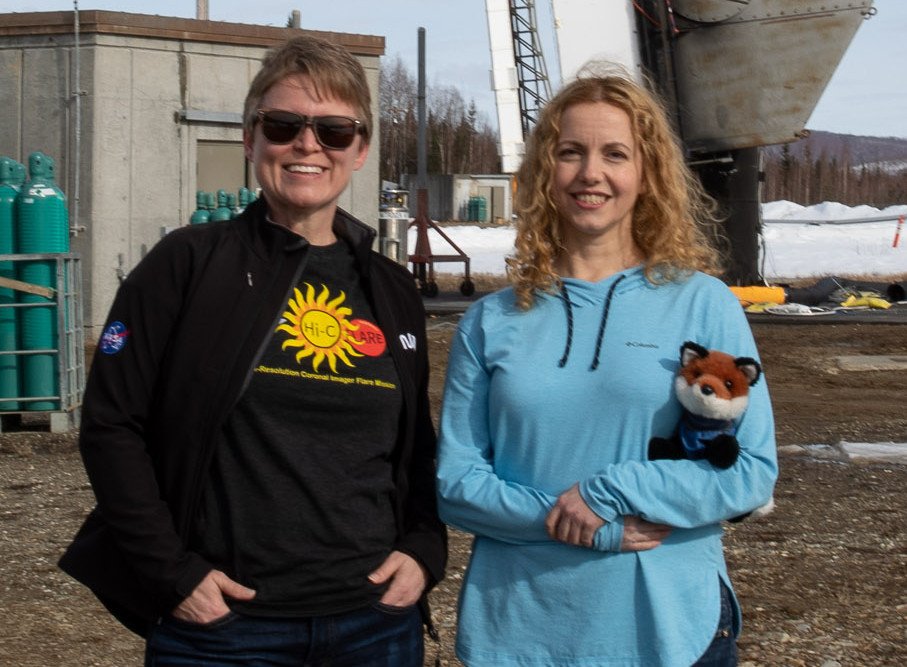
Glesener part of NASA's first solar flare observation campaign
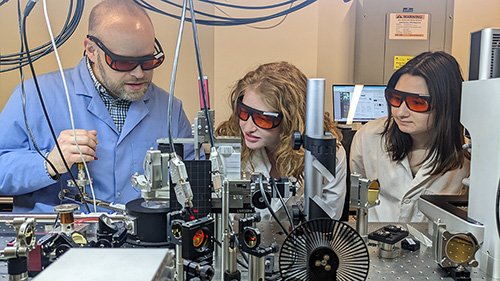
Inside Professor McLeod’s Nano-Imaging Laboratory
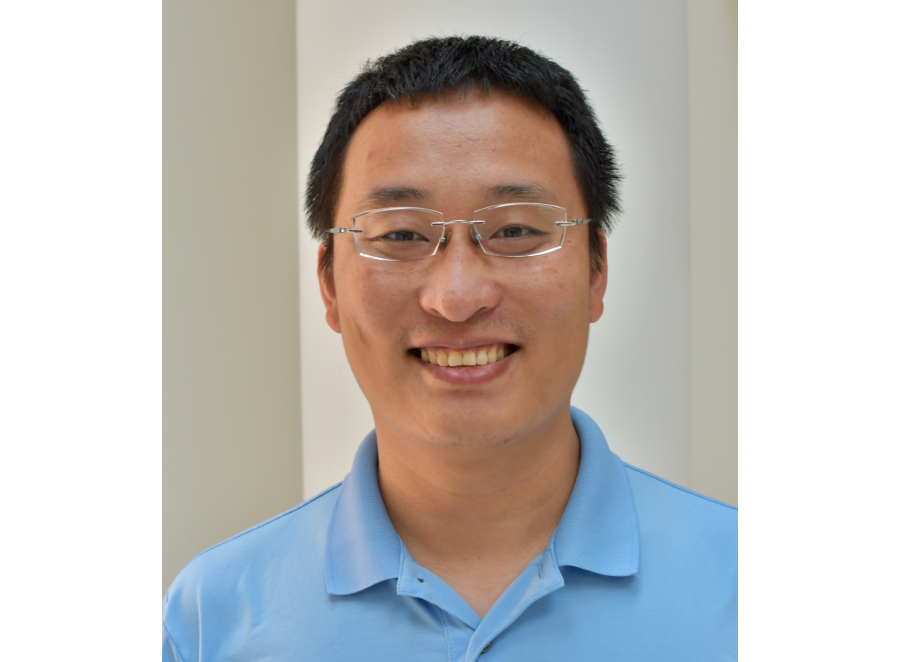
Liu receives prestigious Sloan Research Fellowship for early-career researchers
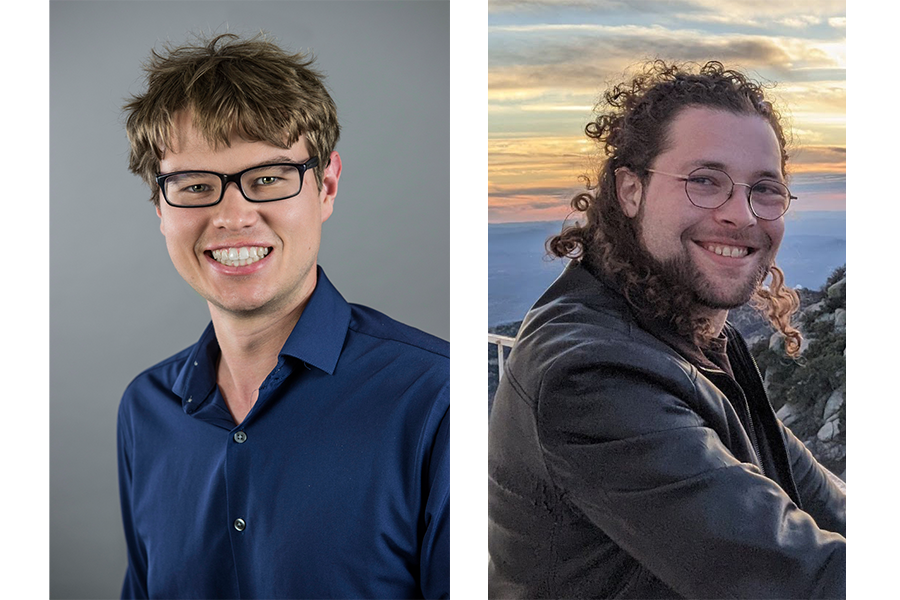
Coughlin and Criswell part of comprehensive UV light survey
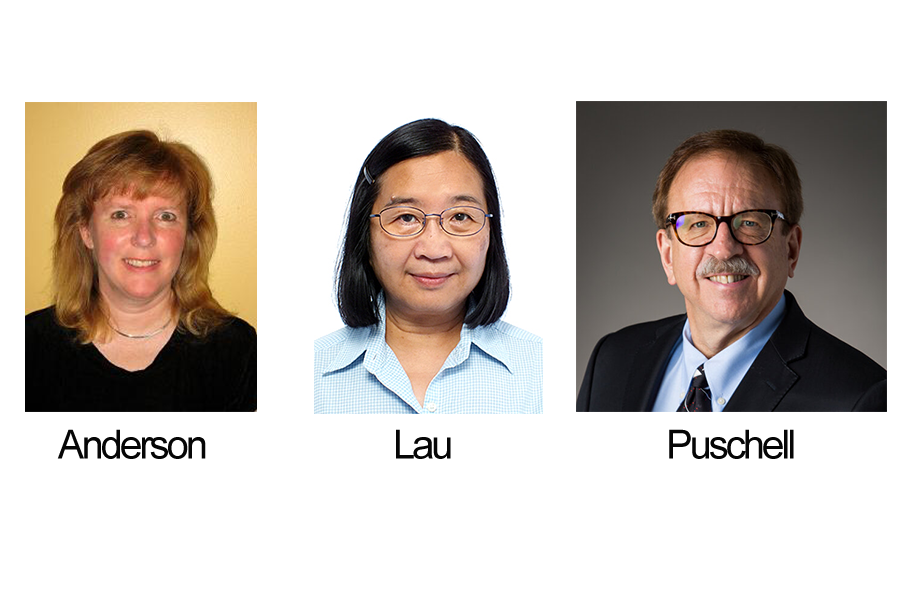
Three School Alumni elected to National Academy of Engineering
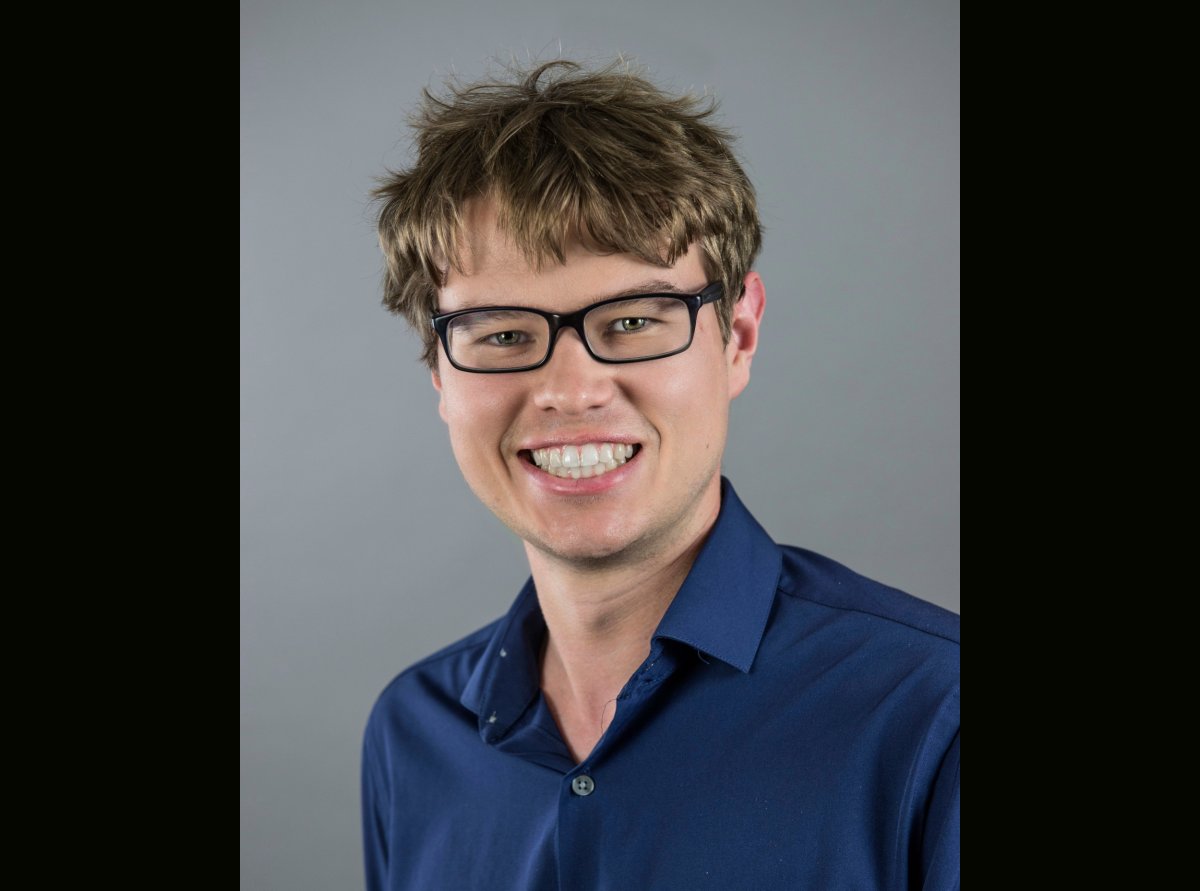
Coughlin receives McKnight Professorship

Humphreys Awarded Medal from Royal Astronomical Society

John Broadhurst, 1935 - 2023
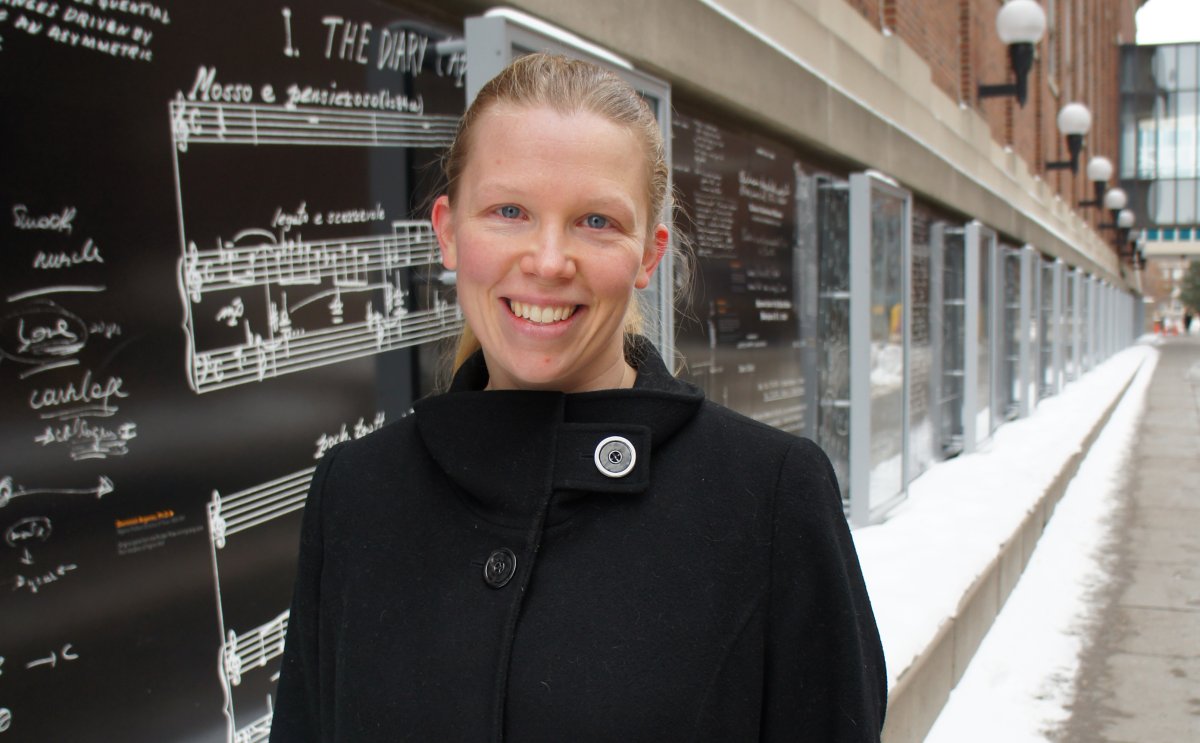
Burnell elected APS Fellow
